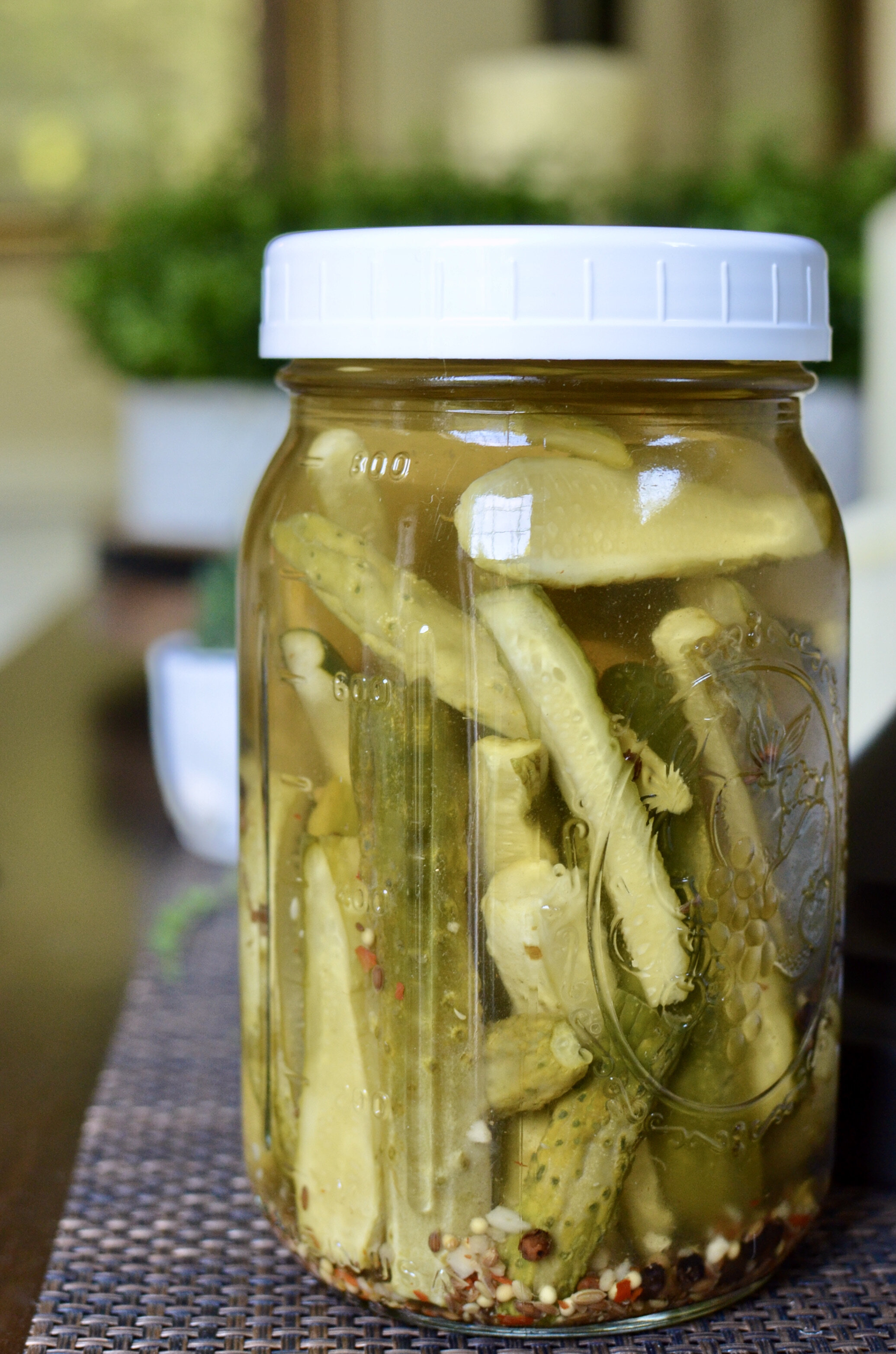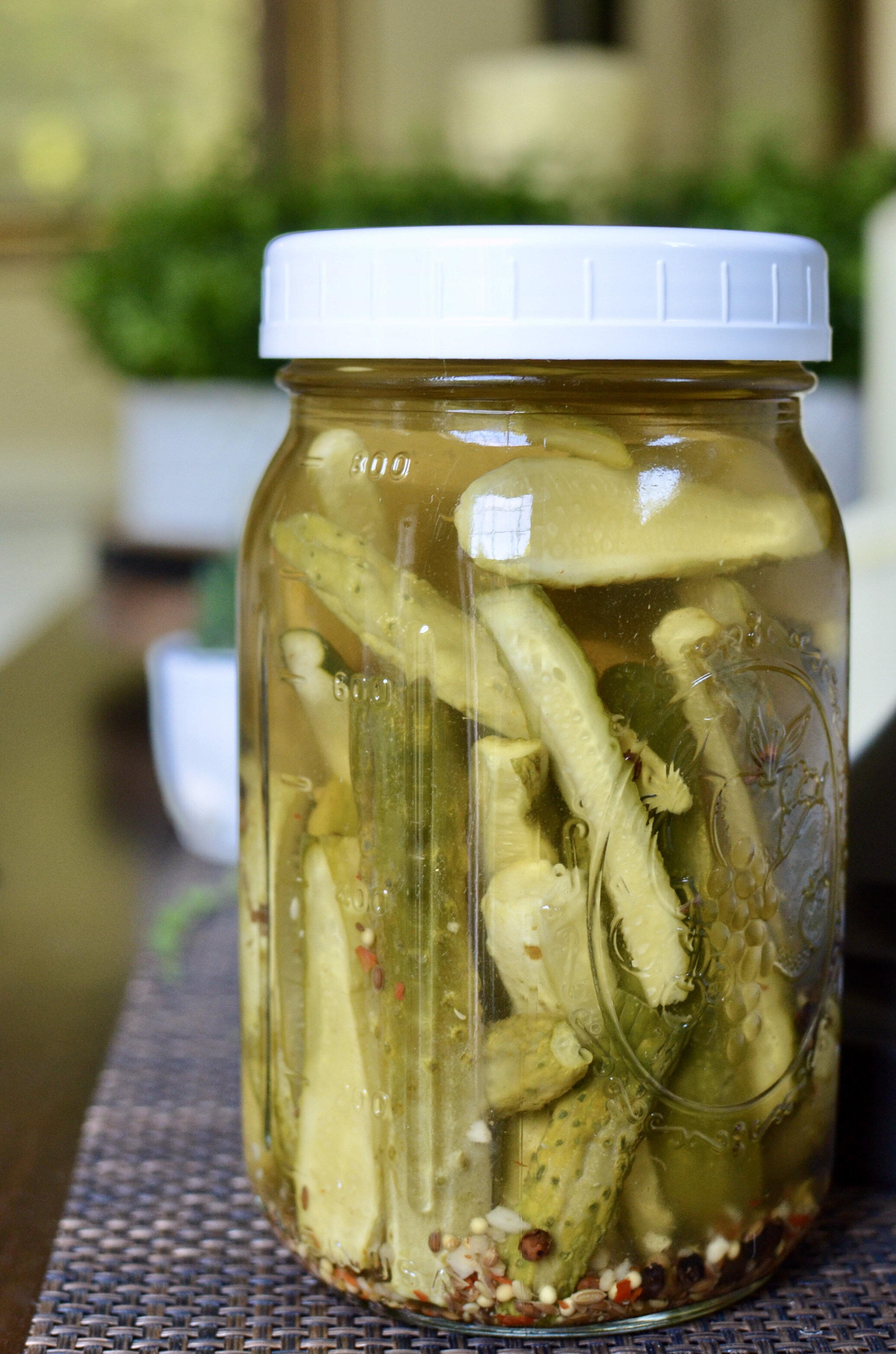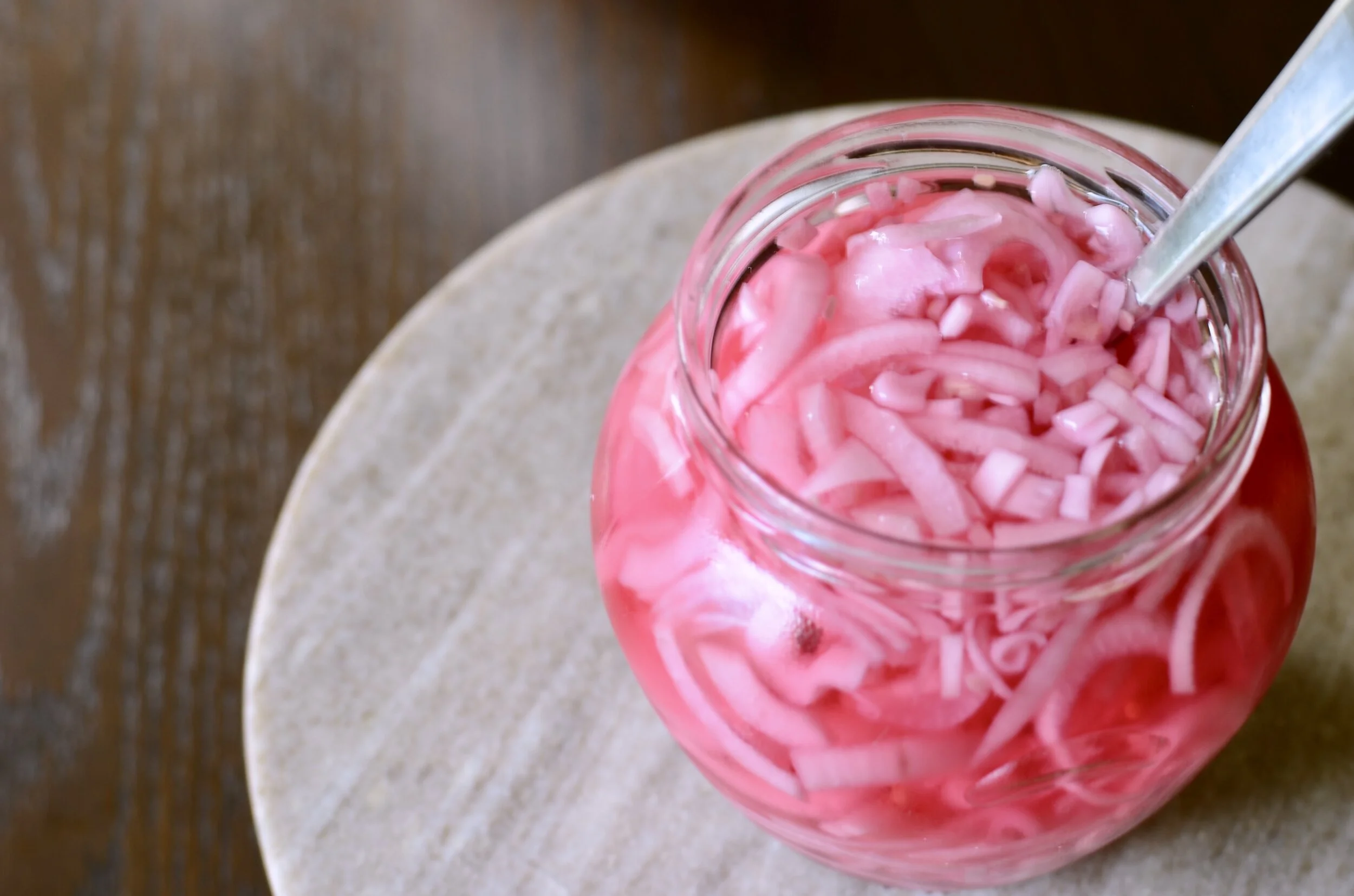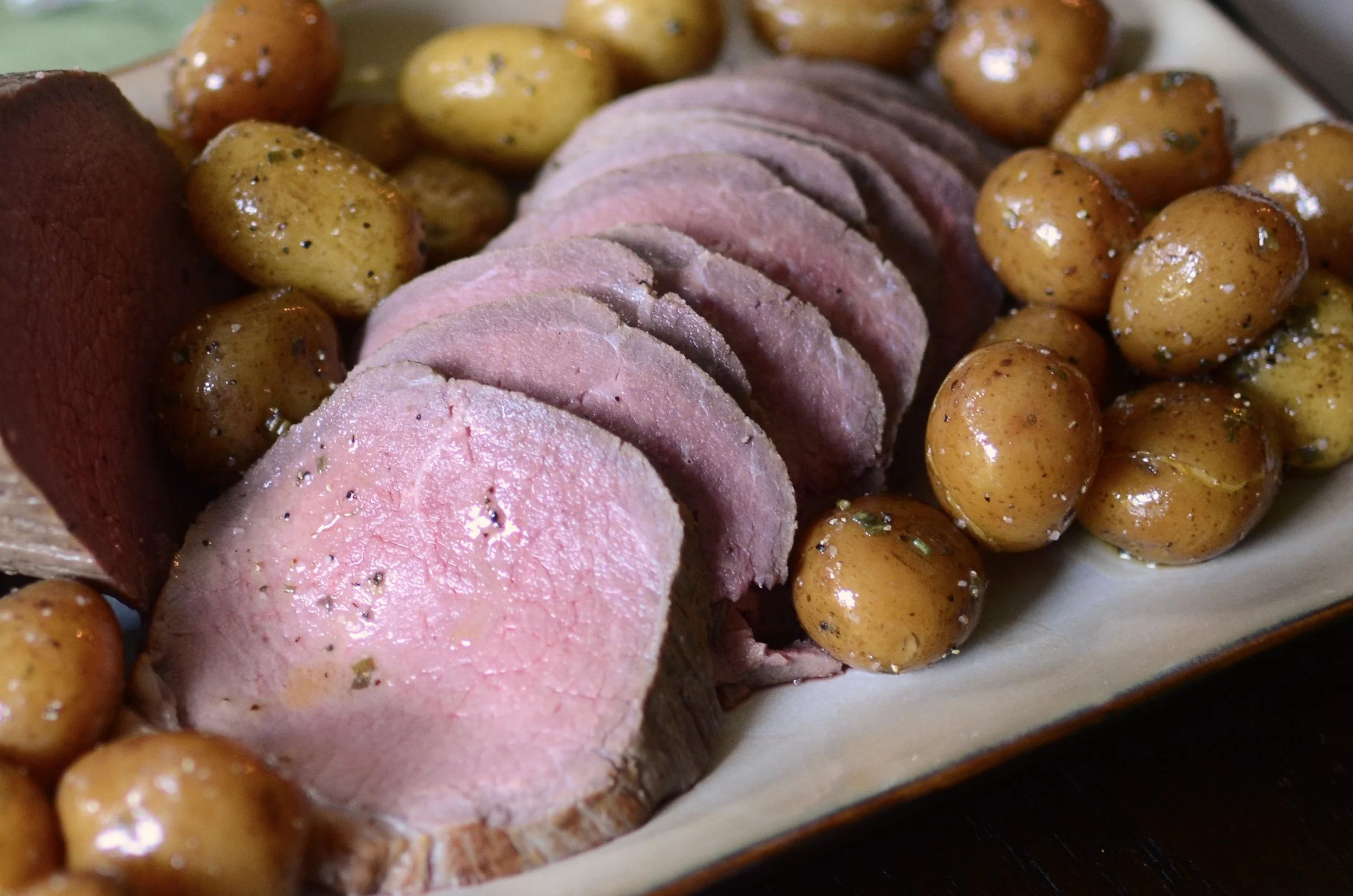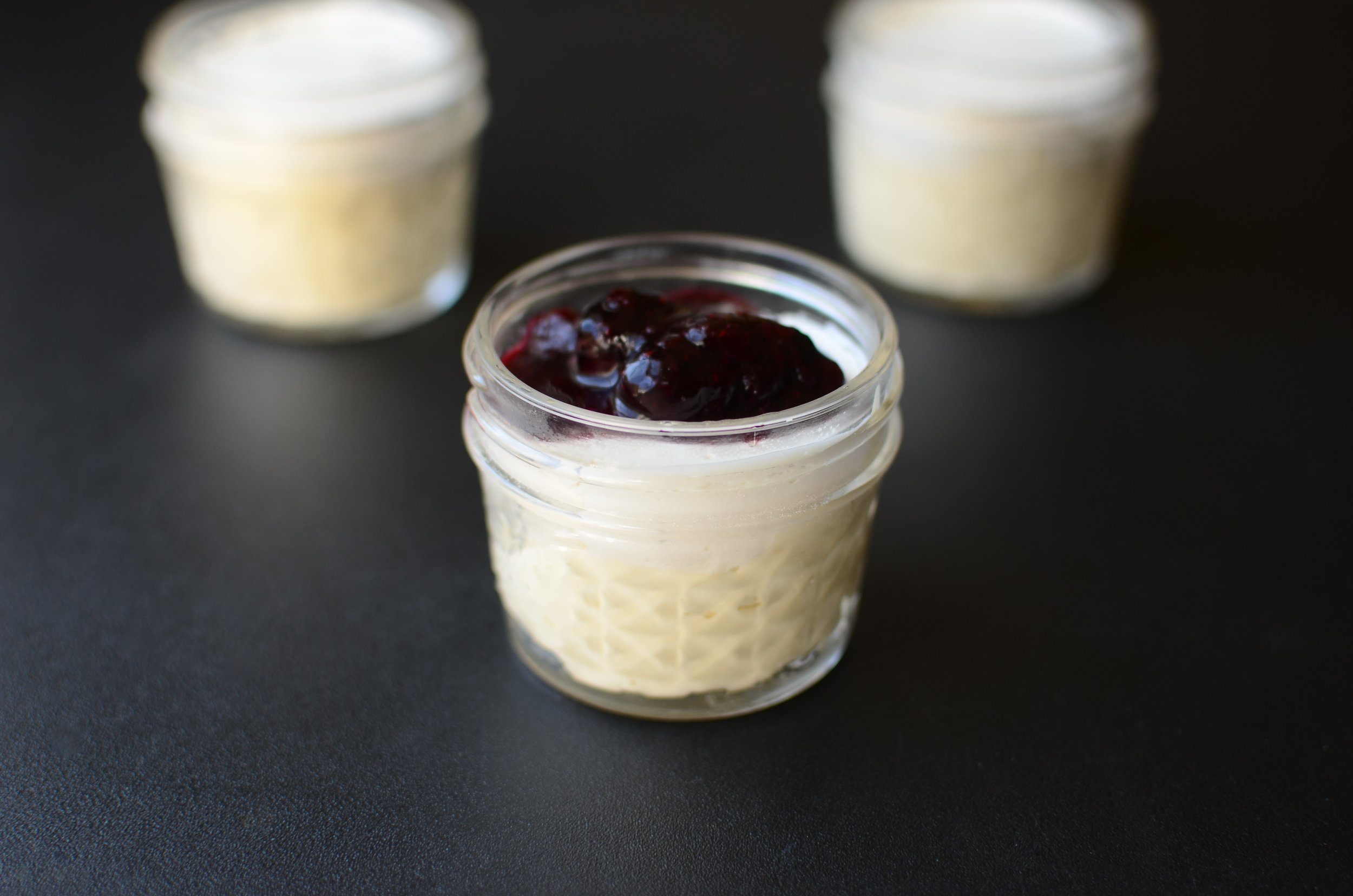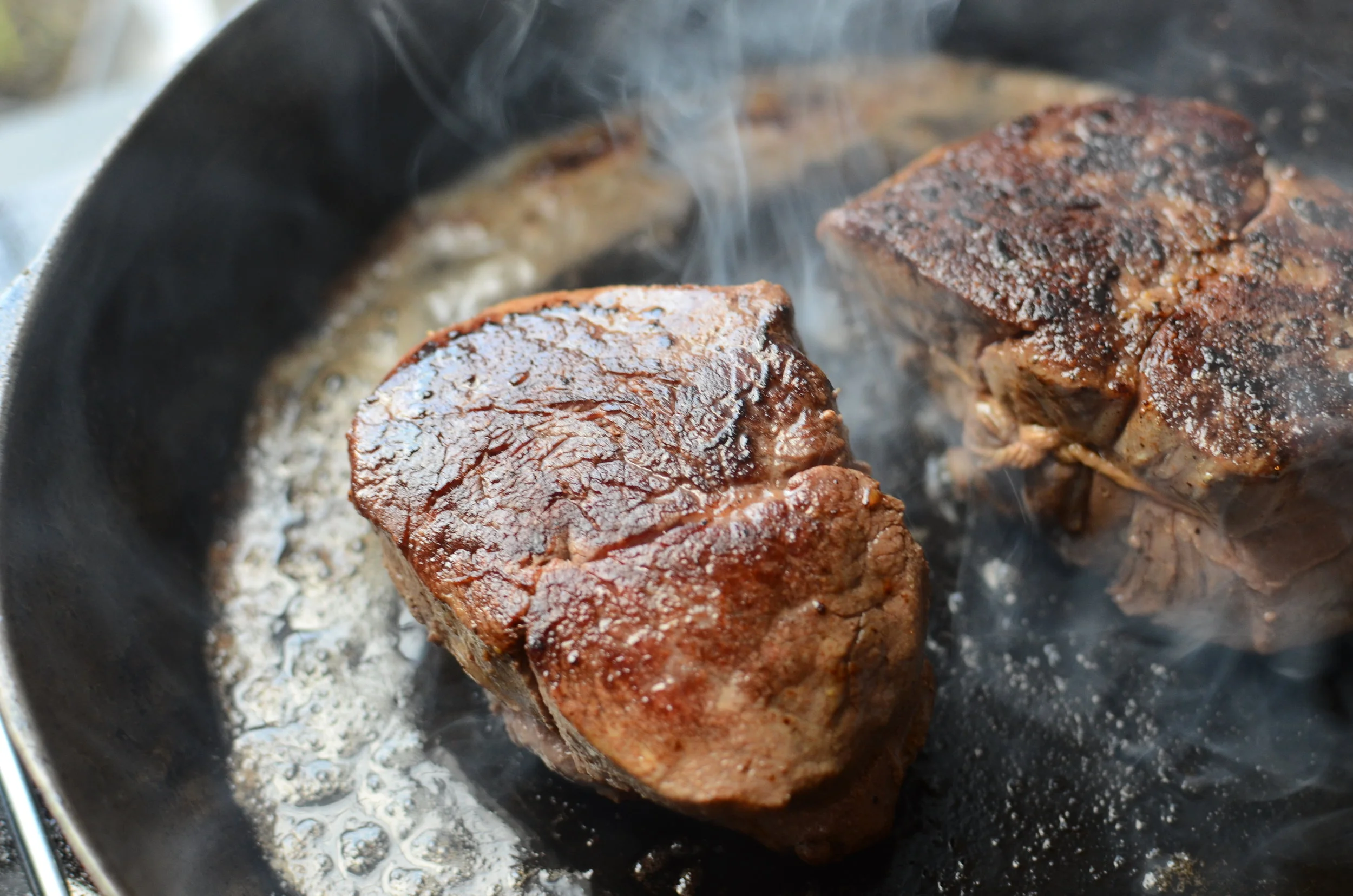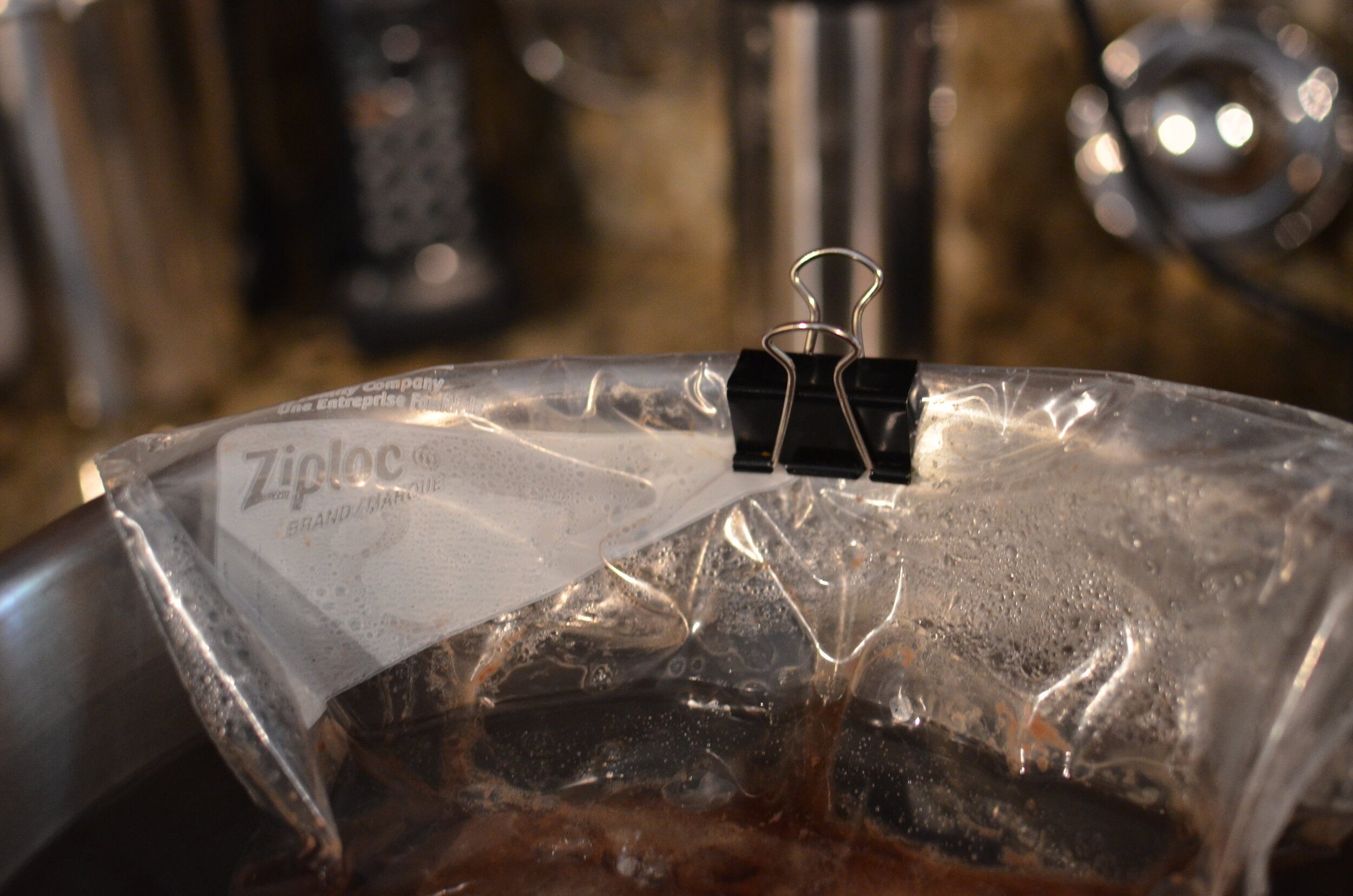Cold Brine Dill Pickles
Patricia @ ButterYum
Most pickle recipes call for the use of a hot brine, but this recipe uses a cold brine. In my house, that’s good for a couple of reasons: 1) one of my family members absolutely despises the smell of hot vinegar, and 2) no heating means these pickles are extremely fast and easy to make. Here we go.
Start by washing pickling cucumbers. Don’t be tempted to use regular cucumbers - they just don’t hold up very well to pickling.
See those fuzzy things on the end of some of the cucumbers? Those are the dried up blossoms - they grow on the opposite of the stem end. You want to remove those.
Like I said, you definitely want to trim the blossom end away (they can make your jar of pickles cloudy). If you’re not sure which end is which, feel free to trim both ends, then cut the cucumbers into spears. I usually quarter them, but if your cukes are very large, cut them into 6 or 8 spears (if they’re very small, just cut them in half).
Place the sliced cucumbers into clean jars before adding the spices. Top off each jar with the brine mixture, following the directions in the recipe below.
Enjoy!
Items used to make this recipe:
(affiliate links)
quart canning jars https://amzn.to/3h6ikZw
half gallon canning jars https://amzn.to/3AdwTyK
large mouth plastic jar lids https://amzn.to/3fDzOJ4
canning/pickling salt https://amzn.to/3DWJvPz
Cold Brine Dill Pickles
makes four pints, two quarts, or one half gallon
Ingredients
For the Brine:
8 cups cold water
1/2 cup white distilled vinegar (at least 5% acid)
1/3 cup (96g) canning/pickling salt (may substitute coarse kosher salt)
For the Pickles:
20-25 medium size pickling cucumbers, washed and ends trimmed
1 tablespoon whole dill seed
1 tablespoon whole black peppercorns
1 teaspoon whole coriander seed
1/2 teaspoon whole mustard seed (any color)
1/2 teaspoon dried minced garlic
1/4 teaspoon crushed red pepper flakes
Directions
To Make the Brine:
In a large bowl, whisk together the water, vinegar, and canning/pickling salt until the salt is completely dissolved; set aside.
To Prepare the Pickles:
Evenly distribute the spices among the jar(s).
Place the sliced cucumbers in the jar(s).
Fill the jar(s) with enough brine to completely cover the sliced cucumbers, leaving about 1/2-inch of space at the top of the jar.
Cover the jar(s) lightly with a cloth and allow them to sit, undisturbed, in a cool place for 24 hours.
Replace cloth cover with jar lid(s); transfer to refrigerator for 3 days before enjoying. Use within 6 months.
Notes
This recipe will fill one 1/2 gallon jar, two quart jars, or four pint jars.
Be sure to use pickling cucumbers only.
Be sure to trim the blossom end of the cucumbers (it’s fine to trim both ends).
Use only canning/pickling salt or coarse kosher salt.
adapted from Amanda’s Cookin’
